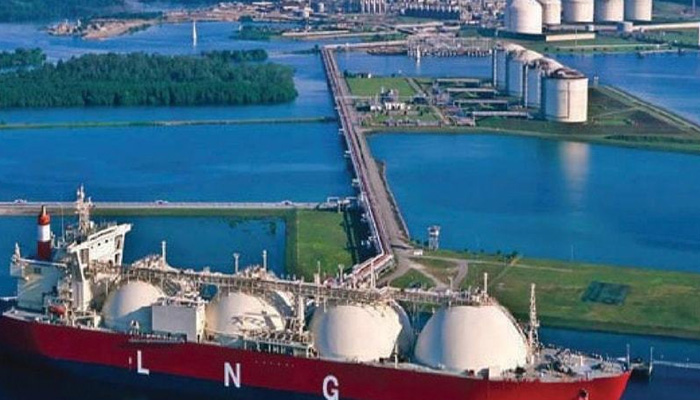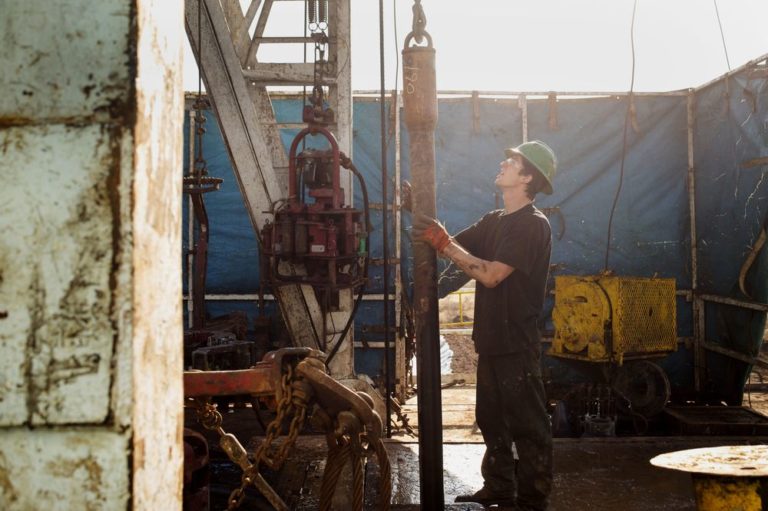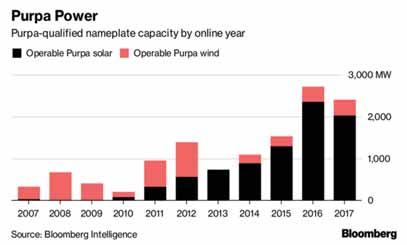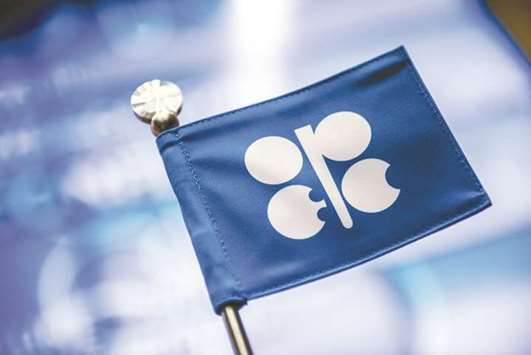Pakistan govt plans to privatise two RLNG-fi red power plants

The Privatisation Commission (PC) board has asked National Power Parks Management Company Limited (NPP- MCL) to come up with a detailed working pa- per on proposed privatisation of two regasi- fi ed liquid natural gas – RLNG-based power plants, a statement said yesterday. The 1,233MW Balloki and 1,230MW Haveli Bahadur Shah power plants have already been cleared by Cabinet Committee on Privatisa- tion (CCoP) for their 100% privatisation in the next two years. The meeting, which was presided over by Muhammad Mian Soomro, chairman Priva- tisation Commission, directed the manage- ment of NPPMCL to work on the feasibility paper for the privatisation of the power plants as either a bundle package or separate entities along with timelines, justifi cations, and any issues ancillary to it for the consideration of the board and CCoP. A senior offi cial said before initiating the privatisation process of these plants, their case would be taken to the Council of Com- mon Interests (CCI). “After that the privatisation of these entities would be done under the strategic sale,” the of- fi cial added. The statement said the board also directed the concerned department to launch the process for hiring of fi nancial advisers for other public sector enterprises (PSEs) in the Active Privatisation Programme as approved by the federal cabinet. The Evaluation Committees for privatisa- tion transactions were also constituted dur- ing the meeting, it added. The meeting, the statement said, also con- stituted a committee for the resolution of the issue of contingent payments in the case of Financial Advisory Services Agreements con- cerning privatisation transactions initiated during the tenure of previous government.
“The board also approved to initiate the process for Hiring of Human Resource and further directed the concerned offi cials to review Human Resource Regulations in order to streamline the same for the betterment of organisation and to remove anomalies, if any,” the statement said. Almost two weeks back, the Pakistan Te- hreek-e-Insaf (PTI) government unveiled its fi ve-year privatisation agenda, and decided to privatise some profi t-making entities in oil and gas, power, aviation as well as in banking and insurance sectors; however, it refused to give some loss-making entities in private hands. The Cabinet Committee on Privatisation (CCoP), in a meeting on October 31, 2018, with Finance Minister Asad Umar in chair, decided to privatise nine-entities in the next two years, while two would be given in private possession later. The committee allowed giving the gov- ernment’s shareholding of 75% in Oil and Gas Development Corp Ltd (OGDCL), 67.5% in Pakistan Petroleum Ltd(PPL) and its 18.39% shares in Mari Petroleum Company Ltd (MPCL) to private sector in short-term through capital market, offi cial sources in the Cabinet Division. The offi cial further said in short-term, sale of 93.38% shares of SME Bank, 44.8% shares in Pakistan Reinsurance Company Limited (PRCL) and 100% shares of State Life Insur- ance Corp (SLIC) has been approved. Besides, in medium-term, 82.6% shares of the First Woman Bank would also be given to a private strategic partner, the offi cial added. Although, the government has not put the privatisation of Pakistan International Air- lines on the list, yet the national fl ag carrier’s assets, including Roosevelt Hotel in New York and Hotel Scribe in Paris have made the list of the assets to be sold out in medium-term. The CCoP has also decided not to priva- tise Utility Stores Corp (USC), Pakistan Steel Mills (PSM) and Civil Aviation Authority (CAA), and have struck them off its privatisa- tion plan.









